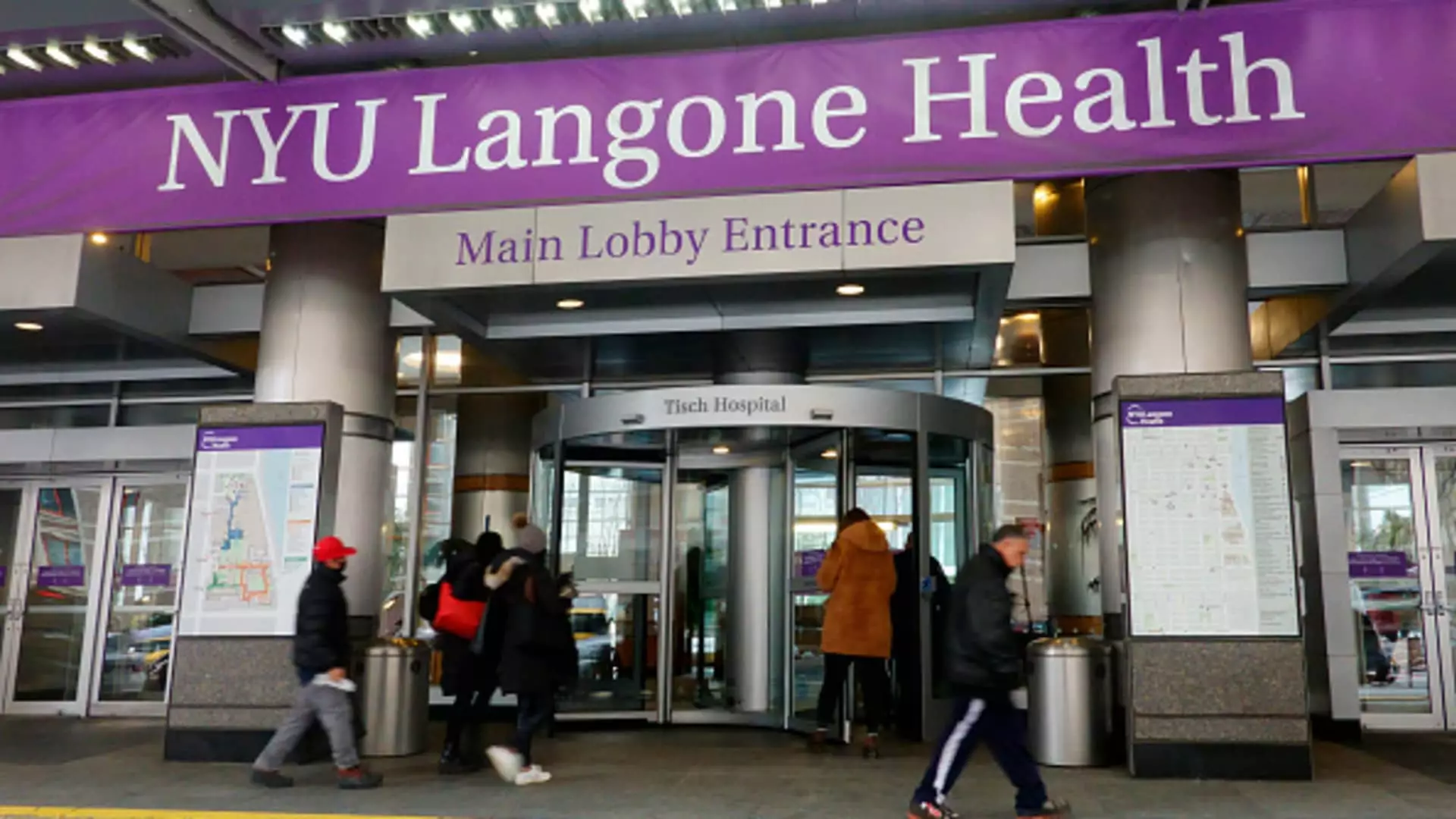In 2018, New York University’s Grossman School of Medicine set a precedent that reverberated throughout academia. By offering full-tuition scholarships to all students, it positioned itself as a beacon of hope for aspiring medical professionals. The intention behind this bold move was clear: to alleviate the crushing weight of debt that typically follows medical graduates. However, a deeper analysis of this seemingly altruistic initiative reveals an unsettling truth—tuition-free education may, in fact, exacerbate the very inequities it aims to rectify.
Initially, the surge in applications to NYU’s Grossman was expected; who doesn’t want a free ride in such a prestigious and costly field? However, as reported, the proportion of incoming students identified as financially disadvantaged plummeted from 12% in 2017 to a mere 3% in 2019. This shift raises crucial questions. While we applaud the elimination of tuition as a barrier, what has it meant for the balance of socioeconomic representation among applicants? The answers are illuminating yet troubling.
The Middle-Class Takeover
Mr. Jamie Beaton, co-founder of Crimson Education, aptly points out a critical paradox: “Tuition-free colleges experience surges in application numbers, dramatically boosting the competitive intensity of the admissions process.” The implications of this are far-reaching. As the admissions landscape shifts, it appears to favor those students who have greater access to resources. The advantages that middle- and higher-income families typically enjoy, such as private tutoring, networking opportunities, and extracurricular activities, position them as frontrunners in the increasingly fierce competition for coveted spots.
The rhetoric surrounding these institutions often focuses on inclusivity and access, yet the reality is starkly different. As Mr. Beaton and others have noted, the statistics suggest a worrying trend: newly implemented tuition-free models might lead to a dilution of diversity in socioeconomic backgrounds. Presumably, this shift in competitive dynamics means that students from low-income households are relegated to the sidelines, overshadowed by peers whose financial advantages translate into better preparatory experiences.
The Broader Implications of Affordability Initiatives
While easing the financial burden of education seems noble, as highlighted by NYU spokesperson Arielle Sklar, it hardly addresses fundamental barriers. Yes, students may choose paths driven by passion rather than economic necessity, but the fragility of this claim lies in its failure to reconcile the issue of declining low-income student enrollment. It is essential to consider whether these higher educational institutions genuinely aim for a diverse student body or are merely filling quotas while maintaining their ties to wealthier alumni for future funding and donations.
As prestigious schools like Harvard adopt comparable tuition-free policies, the implications grow more complex. While opening doors for students from households earning up to $200,000 might seem progressive, it too can shift the demographic spectrum. Instead of fostering inclusivity, these measures risk crowding out low-income students, illustrating the need for a candid conversation about what “access” really means in the 21st century.
Room for Growth Amidst Systemic Challenges
The stark reality is that student debt remains an omnipresent anxiety for college-bound individuals. Research from The Princeton Review reveals that managing debt is the foremost concern of many prospective students. Additionally, statistics from J.P. Morgan Asset Management show that average tuition costs have far outstripped inflation rates, forcing families to shoulder ever-increasing expenses. The financial strain speaks to a systemic issue affecting students across demographics, suggesting that created policies must tackle root causes rather than merely surface-level solutions.
Many argue for an “affordability arms race” among elite institutions, yet most colleges lack the resources to successfully implement tuition-free or no-loan workshops. Robert Franek of The Princeton Review notes that a staggering 95% of four-year colleges in the U.S. rely on tuition revenue. Consequently, the eco-system of education grapples with an inherent contradiction: while measures aimed at lowering education costs emerge, they often fail to resist a cycle favoring the middle class, which continues to play a dominant role in both enrollment and funding.
Therefore, even measures that superficially appear to benefit lower-income students can complicate realities, creating barriers that manifest in unpredictable ways. It is critical to confront these realities and challenge the status quo, recognizing that while the current policies seem benevolent, they require reevaluation through a lens that prioritizes inclusivity over mere numbers.
By analyzing the broader scope of tuition-free initiatives, one becomes acutely aware that true equity in education cannot simply arise from the elimination of tuition fees. Instead, we must demand deeper systemic changes that redefine access, opening doors wider for those students who have historically confronted barriers that remain unaddressed and insurmountable.

